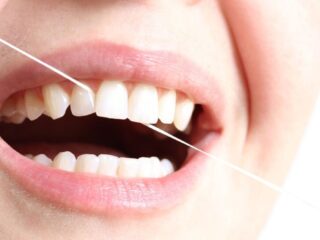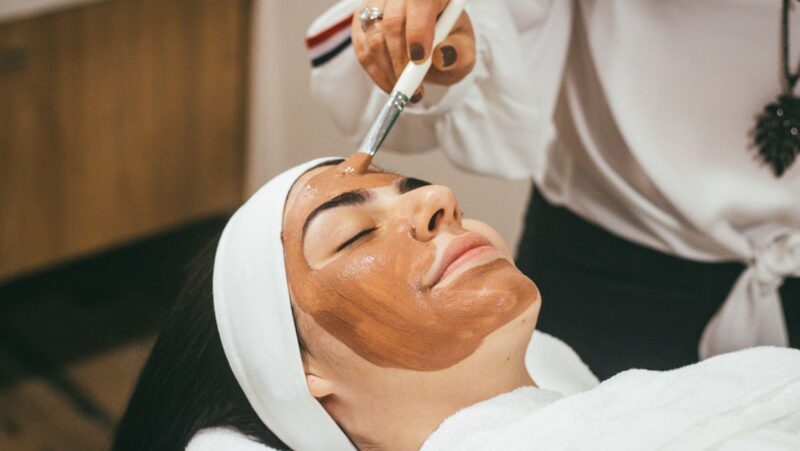
Hair loss is a widespread concern affecting millions of people around the world, transcending age, gender, and ethnicity. For many, the gradual thinning or shedding of hair can significantly impact self-esteem and quality of life. Fortunately, advancements in medical science have provided various treatments designed to slow down or even reverse hair loss. Choosing the right treatment can be a complex decision, as options range from medications applied directly to the scalp to pills taken orally. This article takes an in-depth look at the two primary categories of hair loss treatments — topical and oral — examining their mechanisms, effectiveness, benefits, and drawbacks to help you make a well-informed choice for your hair health.
Understanding Hair Loss
Hair loss arises from a multitude of causes, and understanding these is essential to choosing the right treatment. The most common cause is androgenetic alopecia, often known as male or female pattern baldness, driven largely by genetics and hormonal factors. Other causes include autoimmune conditions such as alopecia areata, nutritional deficiencies, physical or emotional stress, certain medications, and underlying health issues.
Hair loss can manifest in different forms: it might appear as gradual thinning over the scalp, patchy bald spots, or a sudden shedding of large amounts of hair. The progression varies from person to person, but early intervention generally offers the best chance at maintaining or regrowing hair.
In recent years, the discussion around topical vs oral finasteride has gained attention among both medical professionals and patients. Finasteride, a widely used medication for androgenetic alopecia, is traditionally taken orally but is now also formulated for topical application. This innovation aims to maximize effectiveness while minimizing systemic side effects. Understanding the nuances between these approaches is crucial for anyone exploring hair loss solutions.
Topical Hair Loss Treatments
Topical treatments are applied directly to the scalp, targeting hair follicles where hair loss occurs. By delivering active ingredients to the surface of the skin, these treatments work locally and tend to reduce the risk of systemic side effects.
One of the most well-known topical treatments is minoxidil. Originally developed as a blood pressure medication, minoxidil was found to stimulate hair growth as a side effect. When applied to the scalp, it helps increase blood flow to hair follicles, prolonging the growth phase of the hair cycle. Minoxidil is available in various formulations, including solutions and foams, and is often the first line of defense recommended for hair loss. Regular and consistent application is necessary, with visible results typically appearing after several months.
Beyond minoxidil, there are other topical options such as corticosteroids, which are sometimes used to treat autoimmune-related hair loss, and natural oils or serums that aim to nourish the scalp and strengthen hair. However, their scientific backing varies, and they are usually considered adjuncts rather than primary treatments.
Oral Hair Loss Treatments
Oral treatments, in contrast, work systemically by entering the bloodstream and affecting the body as a whole. This method allows medications to target the root causes of hair loss, particularly those related to hormonal imbalances.
Finasteride and dutasteride are the most commonly prescribed oral medications for androgenetic alopecia. Both drugs inhibit the conversion of testosterone into dihydrotestosterone (DHT), a hormone responsible for shrinking hair follicles and triggering hair loss. By lowering DHT levels, these medications can halt or even reverse the progression of hair thinning. Oral finasteride is widely studied and has shown efficacy in preserving and regrowing hair, especially in men. Dutasteride is considered more potent but may carry a higher risk of side effects.
In addition to prescription medications, oral nutritional supplements like biotin, vitamin D, iron, and other minerals are often recommended to address hair loss caused by deficiencies. While supplements can support overall hair health, they are generally insufficient as standalone treatments for pattern hair loss.
Comparing Effectiveness: Topical vs. Oral
Clinical evidence suggests that both topical and oral hair loss treatments can be effective, but their success often depends on the type and severity of hair loss, as well as individual patient factors. Oral finasteride generally shows higher efficacy in reducing DHT levels throughout the body, which can translate into more significant hair retention and regrowth for many patients. Meanwhile, topical minoxidil remains a trusted option that promotes hair growth by improving follicle health locally.
Combining topical and oral treatments has become a common strategy, as this dual approach tackles hair loss from multiple angles. While this can enhance results, it also increases the complexity of treatment and the chance of side effects, so it should be approached under medical guidance.
Adherence plays a key role in treatment success. Topical therapies demand consistent daily application, which some find inconvenient. Oral medications are simpler to take but may require ongoing health monitoring. Lifestyle and personal preferences often influence which option a patient chooses.
Conclusion
Both topical and oral hair loss treatments offer valuable options for those seeking to address thinning hair. Topical solutions like minoxidil provide a targeted approach with fewer systemic risks, while oral medications such as finasteride tackle hormonal causes more comprehensively but come with potential side effects. The best treatment often depends on the individual’s condition, preferences, and tolerance.













